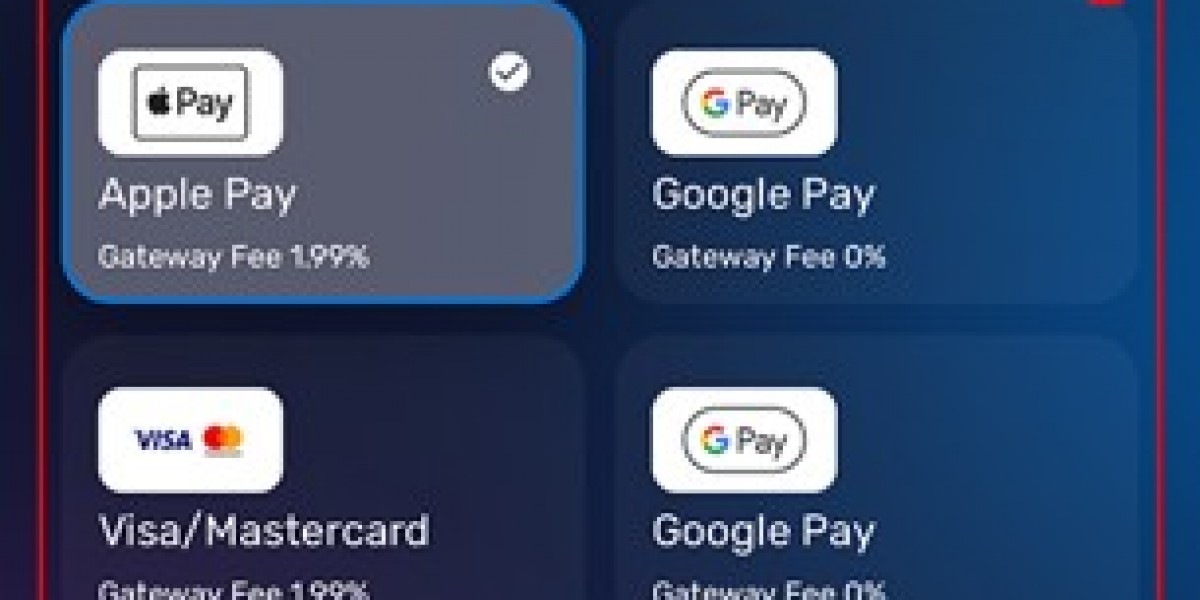Voltage-Controlled Oscillators (VCOs) are essential components in modern electronics and communications systems. They form the backbone of frequency synthesis, modulation, and timing operations in applications ranging from smartphones and satellite systems to automotive radar and IoT devices.
What is a VCO Oscillator?
A Voltage-Controlled Oscillator (VCO) is an electronic oscillator whose oscillation frequency is controlled by an input voltage. Essentially, the output frequency of a VCO changes in direct proportion to the applied control voltage.
VCOs are used in a variety of analog and digital applications where the ability to tune or modulate a signal’s frequency is required.
How VCOs Work
A VCO typically consists of a reactive element—like a capacitor or inductor—whose reactance varies with the control voltage. This change alters the oscillation frequency of the circuit.
There are two main types:
Linear VCOs: Produce a linear relationship between control voltage and output frequency.
Non-linear VCOs: Have a non-linear tuning curve, typically used in wideband or specialized applications.
Key Features of VCO Oscillators
✅ Voltage-to-Frequency Conversion
The core functionality that allows frequency tuning via a control voltage.✅ Wide Tuning Range
VCOs can cover a broad frequency spectrum, making them ideal for agile systems like software-defined radios.✅ Low Phase Noise
High-quality VCOs are designed to minimize phase noise, improving signal clarity.✅ Compact and Integrated Designs
Available as standalone components or integrated into ICs and PLLs (Phase-Locked Loops).
Types of VCO Oscillators
LC VCOs (Inductor-Capacitor): Used in RF circuits for high frequency and low phase noise performance.
RC VCOs (Resistor-Capacitor): Suitable for low-frequency, low-cost applications.
Ring Oscillator VCOs: Used in digital systems, offer high-speed switching with small die area.
Crystal VCOs: Offer excellent frequency stability, used in timing and clocking applications.
Applications of VCO Oscillators
? Telecommunications
Used in modulation/demodulation circuits, frequency synthesis, and signal up/down conversion.? RF and Microwave Systems
Essential in radar, satellite, and radio transceivers for frequency agility.? Consumer Electronics
Found in smartphones, GPS modules, and wearables for clock generation and signal processing.? Automotive Radar & Infotainment
Used in ADAS, parking sensors, and in-car wireless communications.? IoT and Smart Devices
Enable adaptive frequency control for power-efficient and low-latency communication.
Key Performance Parameters
Frequency Range: Defines the min-max frequency span the VCO can generate.
Tuning Sensitivity (Kvco): The amount of frequency shift per volt of control input.
Phase Noise: Indicates the signal’s spectral purity; lower is better.
Output Power: Signal strength at the output terminal.
Linearity: How proportionally frequency changes with voltage.
Challenges in VCO Design
❌ Trade-offs Between Tuning Range and Phase Noise
Wideband VCOs often suffer from higher phase noise levels.❌ Power Supply Sensitivity
Fluctuations can affect performance, requiring careful power regulation.❌ Temperature Drift
Frequency stability can be affected by thermal variations.
Market and Industry Trends
5G and mmWave Expansion
VCOs are key components in tunable local oscillators and PLLs used in 5G base stations and devices.Miniaturization and Integration
Growing use of integrated VCOs in SoCs and RFICs for space-constrained applications.AI and Automotive Growth
VCOs are increasingly embedded in intelligent systems for ADAS, radar, and V2X communication.
Leading Companies in the VCO Market
Analog Devices
Texas Instruments
Murata Manufacturing
Crystek Corporation
Z-Communications
Mini-Circuits
SiTime
RFMD (Qorvo)
MACOM
These players focus on ultra-low phase noise VCOs, wideband frequency designs, and miniaturized modules.
Conclusion
VCO Oscillators are indispensable in modern electronics, enabling precise and dynamic control of signal frequencies across a multitude of systems. As demand for faster, smarter, and more connected devices grows, VCOs will continue to evolve—offering better performance, lower power consumption, and tighter integration with digital systems.
Whether you're building a 5G network, developing IoT devices, or designing next-gen radar systems, VCOs remain a key technology for unlocking signal agility and stability.
Read More
| Japan SSD Controller Market |
| Mexico SSD Controller Market |
| South Korea SSD Controller Market |
| UK SSD Controller Market |
| Canada Renting Leasing Test Measurement Equipment Market |








